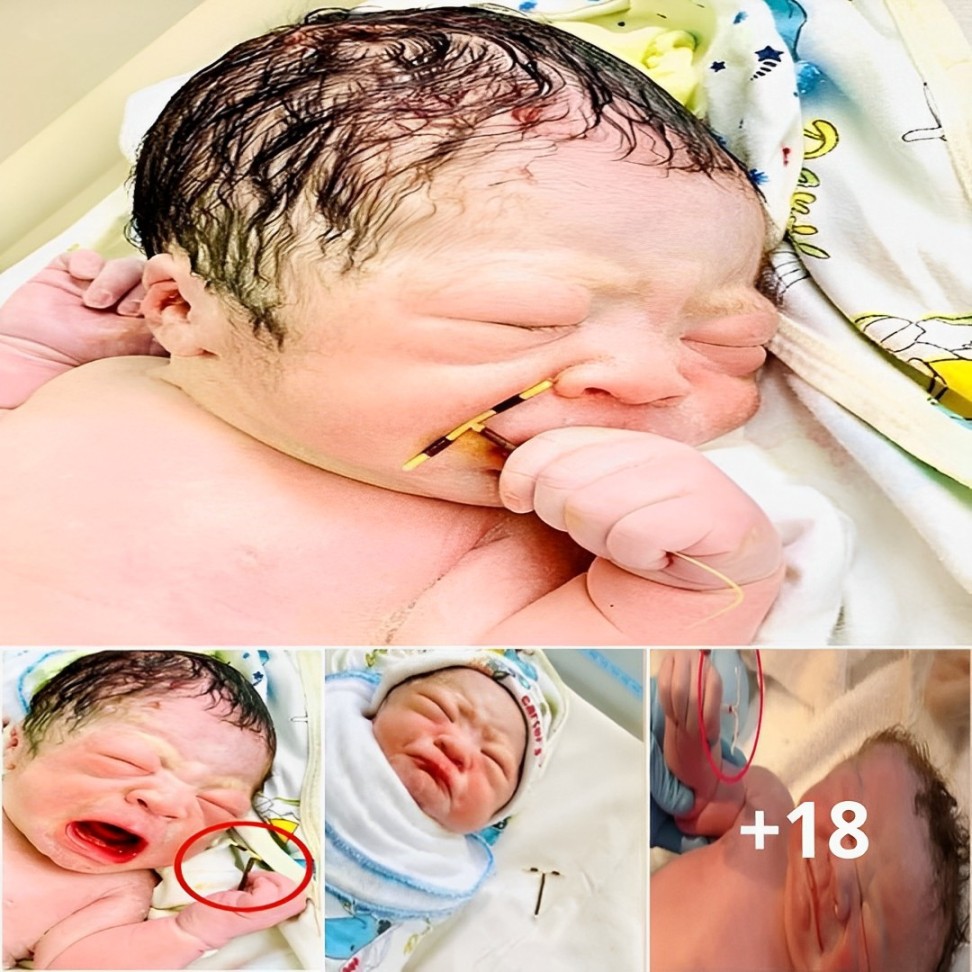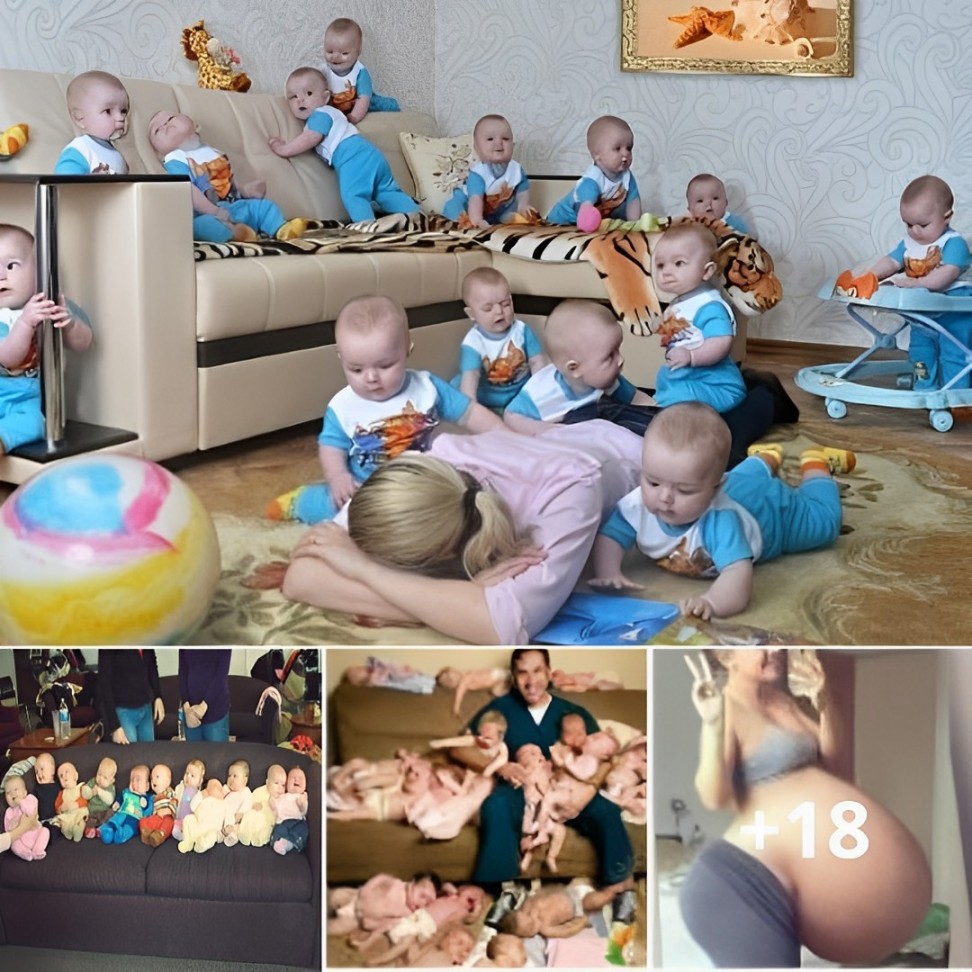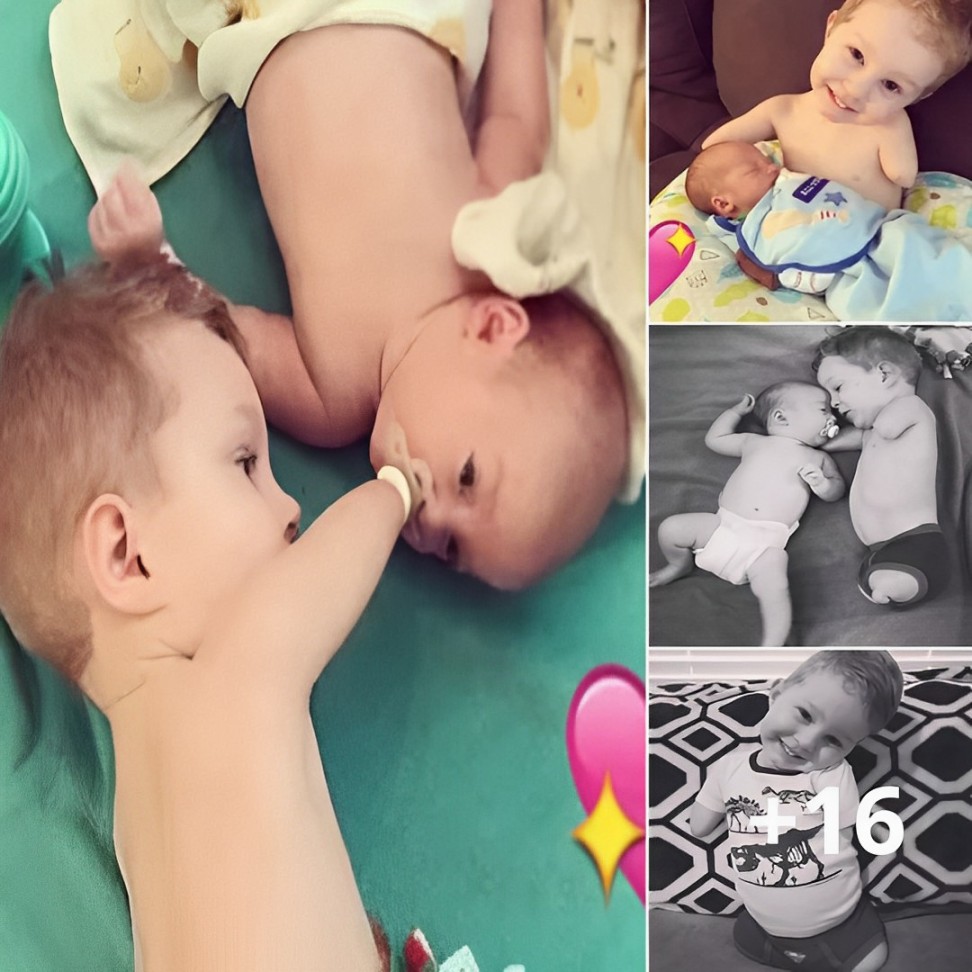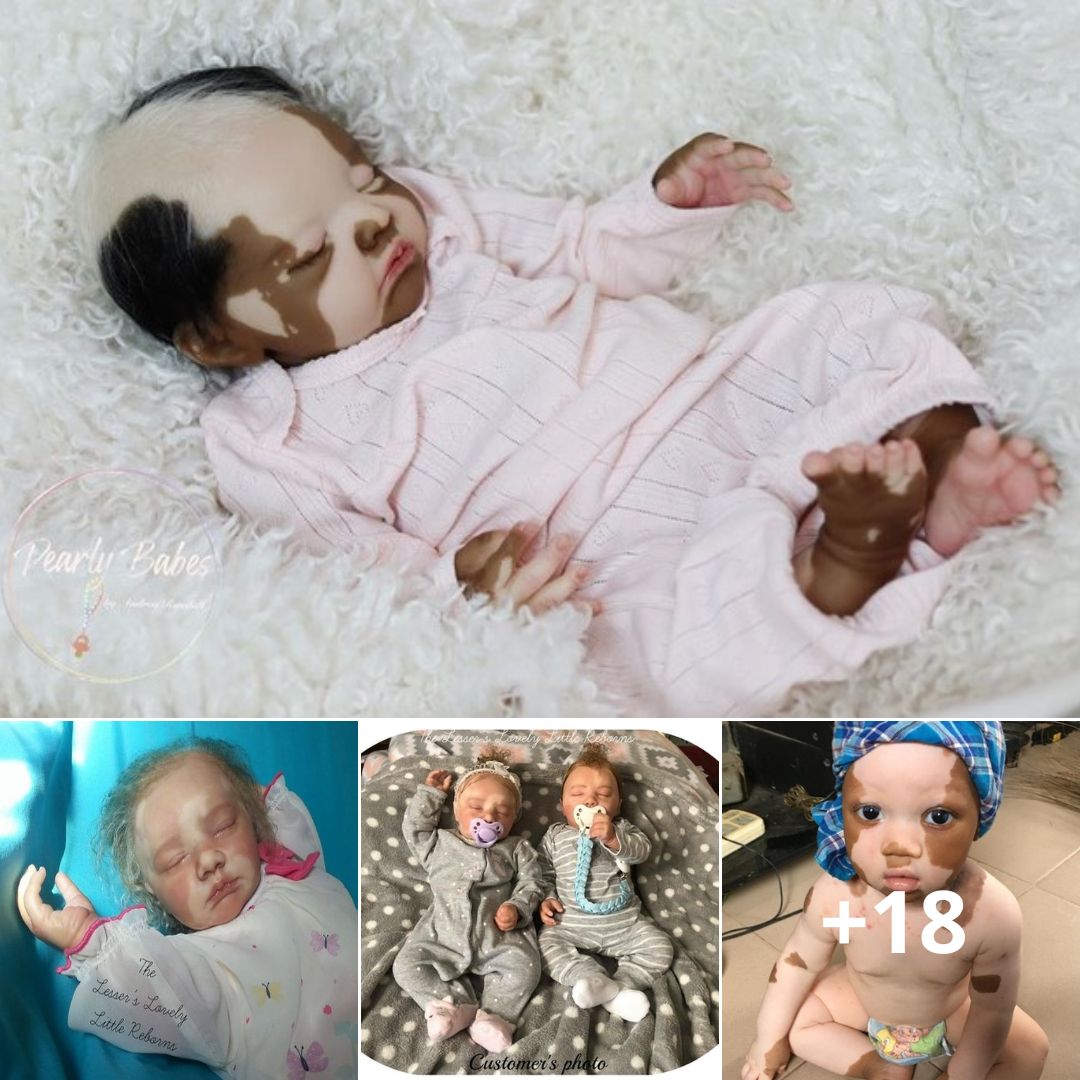Rural community rallies support for women having babies in the bush
WARNING: This article contains images of stillborn babies that some people may find distressing
Pip Clifford knows all too well the joy and heartbreak of giving birth in the outback.
She has four children: two daughters and two sons — twins who were stillborn in 2019.
“I remember it was a Monday and I just said to my partner, ‘Something’s not right’,” she said.
She left her then-18-month-old daughter with her partner on their station outside Quilpie in western Queensland, got in the car and travelled 310 kilometres for an ultrasound.
“I drove myself to Charleville and I was alone,” she said.
Quilpie mother Pip Clifford says her rural community supported her through the tragic loss of her sons at 25 weeks’ gestation.(Supplied: Pip Clifford)
Her midwife came in on her day off to hold her hand, as she learned her twins had died.
“She just said to me, ‘I’m so sorry honey, so sorry’,” she said.
The twins were monoamniotic, meaning they shared the same amniotic sac, and as a high-risk pregnancy were due to be born between 30 and 32 weeks’ gestation.
They died at 25 weeks when their cords became knotted.
“It was very traumatic, but I think having her [a known midwife] there and a hospital that was solely thinking of me that day made it so much easier,” Ms Clifford said.
‘Rainbow’ baby brings mixed emotions
After losing the twins, Ms Clifford lost another pregnancy through an early miscarriage.
The grief will always be with her. But eight weeks ago her “rainbow” baby, daughter Sophia, arrived.
“We finally had a little girl safe in our hands and it was very emotional for everyone,” she said.
“We were so happy that we had her finally, but it was so tough knowing that we should have all of our four babies, but we don’t.
“I wish the boys were here. They’d be three by now.”
Lucy has been waiting for years to fulfil her big sister duties. (Supplied: Pip Clifford)
She said big sister Lucy had embraced her new role, and despite the grief, life was good.
“We’ve got pictures up, we’ve got their urn up on a shelf in the lounge room and some little toys that we got them for their first birthday and she [Lucy] plays with them,” she said.
“She said, ‘My little sister’s finally here, it’s taken so long for her to come’ … She wanted to tell everyone in the hospital.”
Bush birth live on camera
Quilpie mum Kara Marsh knew there would be a lot of long-distance travelling when it came to deliver her baby, but birthing without her husband by her side was not part of her plan.
When she went into labour five weeks early while at an appointment Toowoomba, the birth was relayed to her husband by video call as he was still on his way from their hometown, 10 hours away.
“I was having a caesarean birth, and the anaesthetist was holding the phone and showed him the whole experience, probably a bit more than what he was bargaining for,” she said.
Kara Marsh says she was lucky to have her mum there for the birth of her daughter.(Supplied: Kara Marsh)
Their daughter Lolly was born at 35 weeks, a tiny 1.7 kilograms, but healthy.
Birthing early is a common story Nicola Freiberg, who was Ms Clifford’s midwife, has not only heard from clients, but has also experienced herself.
Kara Marsh’s husband was with their daughter by the time she left recovery. (Supplied: Kara Marsh)
Ms Freiberg was at 28 weeks’ gestation when the contractions for her second baby began. She was flown from Charleville to Brisbane, where her daughter was born at 30 weeks and one day gestation.
She said her experience trying to breastfeed a premature baby had helped in her role as a private lactation consultant in Charleville, the only support for more than 1,000km.
“I do start a lot of my consults with, ‘I breastfed from 31 weeks with our second. You can absolutely do this and your baby can absolutely do this’,” she said.
“I think that gives them a lot of hope in that moment.”
Charleville lactation consultant and midwife Nicola Freiberg was flown to Brisbane for the birth of her second child.(Supplied: Nicola Freiberg)When there’s no GP in town
The Queensland Nurses and Midwives Union says midwives are exhausted and are experiencing extreme fatigue as a result of widespread understaffing linked to the ongoing inability to attract and retain appropriate staff, especially in the bush.
Telehealth fills some gaps in services, but many women are forced to travel long distances for mental health and physiotherapy services, often with babies and older children in tow.
During her high-risk pregnancy Ms Marsh had to fly 1,000km to Toowoomba for each appointment.
“So catch a plane from Quilpie on Tuesday, have my appointment on the Wednesday and then I’d fly back on the Thursday,” she said.
The lack of services meant options such as whether to use private or public health care, or the obstetrician or midwife of your choice, were simply not available.
If she didn’t feel her baby move, Ms Marsh would travel for two hours for a scan.
“I know myself that two hours is too long for responding to that,” she said.
“That was something that was on my mind the whole time — we didn’t have a doctor.”
During her pregnancy Ms Clifford flew back and forth to Brisbane for meetings with doctors, as well as driving to Roma every fortnight for ultrasounds.
Pip Clifford says after the heartbreaking loss of her twins, her community wrapped itself around her family.(Supplied: Pip Clifford)
Despite all the complexity and the heartache of living remotely, she said it was the small town that helped her overcome the loss and rebuild her family.
“Obviously [it was] the most horrible thing in the world, [but] I think having the support and not just being another number in the city [made it easier],” she said.





